Posted by · 2 Comments
When we first moved in, a gigantic trumpet vine was intermingled with honeysuckle; it was lovely… and a red light for any hummingbirds in its path. I thought the trumpet vine was choking out the delicate honeysuckle so I removed it.
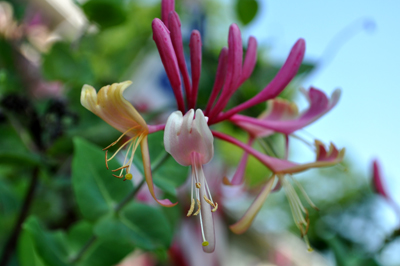
Our Honeysuckle
The honeysuckle is in full bloom now and the hummingbirds love it!
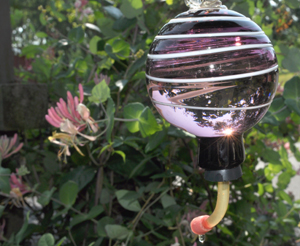
Our Hummingbird Feeder
A few weeks ago my daughter spotted a hummingbird in our area and I immediately retrieved the feeder, placed it on display, and rang the dinner bell!
I don’t leave the feeder out during the winter months… although I know of a few who do. It’s been my experience that our hummingbirds find us year after year (like we tend to return to the same beach house year after year).
Make your “nectar” by mixing one part sugar to four parts water. Boiling the mixture will ensure the sugar has dissolved. Store unused portions in your refrigerator and fill your feeder only partially—you should clean it every three to four days anyway and to fill the feeder would just be a waste.
The sugar-water you provide is not meant to “feed” your hummingbirds…merely provide energy to make it to their next feeding. So, keep your feeders clean and full and the area around the feeder “attractive” (remember, they love the color red) then sit back and wait for the hummmmmmmm….

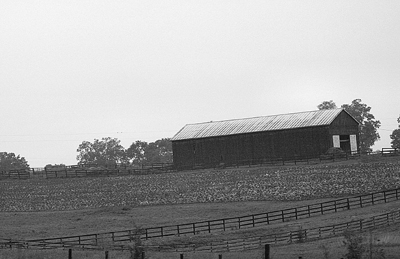
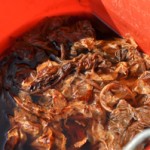
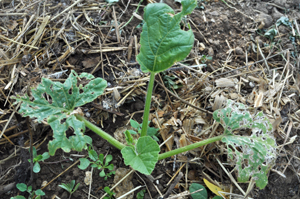
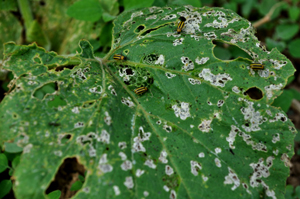 They attack flowers and ornamentals as well as cucumbers. In fact, over 270 plants in 29 families fall prey to this little trouble-maker.
They attack flowers and ornamentals as well as cucumbers. In fact, over 270 plants in 29 families fall prey to this little trouble-maker.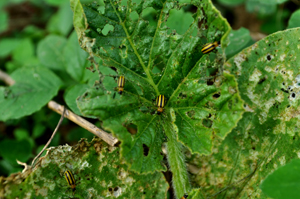 There are repellent plants which could be planted to deter the beetle and various other organic methods. (Try placing aluminum foil beneath plants to reflect light—the beetles prefer the underside of leaves because of the shade.)
There are repellent plants which could be planted to deter the beetle and various other organic methods. (Try placing aluminum foil beneath plants to reflect light—the beetles prefer the underside of leaves because of the shade.)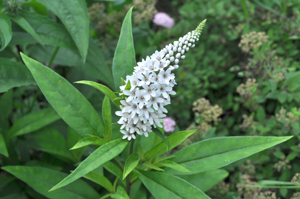 I’m talking about “Gooseneck Loosestrife.”
I’m talking about “Gooseneck Loosestrife.”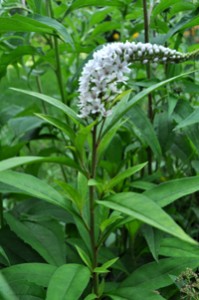 I’ve had the worst time ridding my flower beds of it. I pull new shoots constantly throughout the summer months.
I’ve had the worst time ridding my flower beds of it. I pull new shoots constantly throughout the summer months.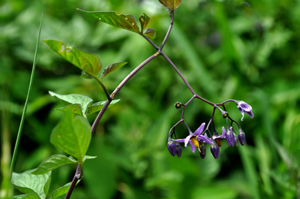
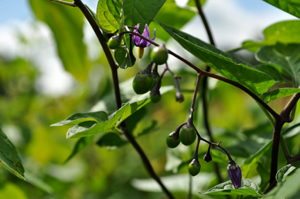
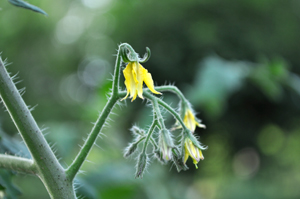
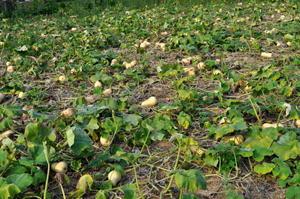 We grow rows and rows of butternut squash to allow proper garden space (after growing butternut for more than 10 years, I am still amazed at the amount of space the squash will eventually require).
We grow rows and rows of butternut squash to allow proper garden space (after growing butternut for more than 10 years, I am still amazed at the amount of space the squash will eventually require).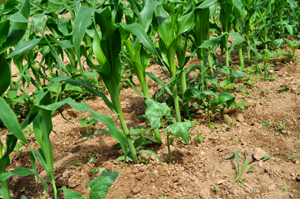 The beans are nestled close to the corn, and once trained, will likely be very happy to hitch a ride on the cornstalks. This saves us the trouble of arranging a trellis of some sort and is a connection to history we’re happy to make.
The beans are nestled close to the corn, and once trained, will likely be very happy to hitch a ride on the cornstalks. This saves us the trouble of arranging a trellis of some sort and is a connection to history we’re happy to make.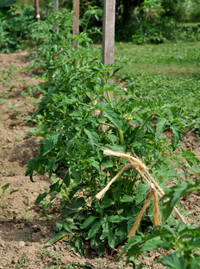
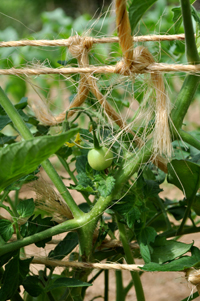 It all begins innocently enough: nothing beats the sweet smell of a little tomato plant on one of your first trips to the greenhouse in Spring (we just don’t bother to start tomato plants by seed—just a preference).
It all begins innocently enough: nothing beats the sweet smell of a little tomato plant on one of your first trips to the greenhouse in Spring (we just don’t bother to start tomato plants by seed—just a preference).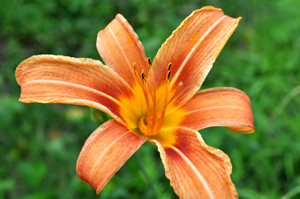 Daylilies are in full, blooming glory along our Pennsylvania roadsides now. I always assumed, because of their location, that these were the native variety. I was wrong (not for the first time, mind you).
Daylilies are in full, blooming glory along our Pennsylvania roadsides now. I always assumed, because of their location, that these were the native variety. I was wrong (not for the first time, mind you).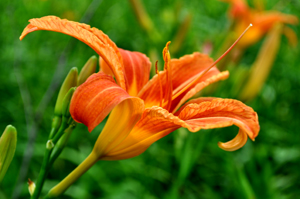 Hemerocallis is the genus name meaning “beauty” and “day”, hence the name “daylily” (each flower lasts only one day). However, I’ve learned through my online research that each daylily clump can produce 200-400 flowers in a season. Multiply that by the hundreds of clumps in any roadside stand of daylilies and you’re in for a spectacular show lasting throughout the better part of the summer!
Hemerocallis is the genus name meaning “beauty” and “day”, hence the name “daylily” (each flower lasts only one day). However, I’ve learned through my online research that each daylily clump can produce 200-400 flowers in a season. Multiply that by the hundreds of clumps in any roadside stand of daylilies and you’re in for a spectacular show lasting throughout the better part of the summer!
